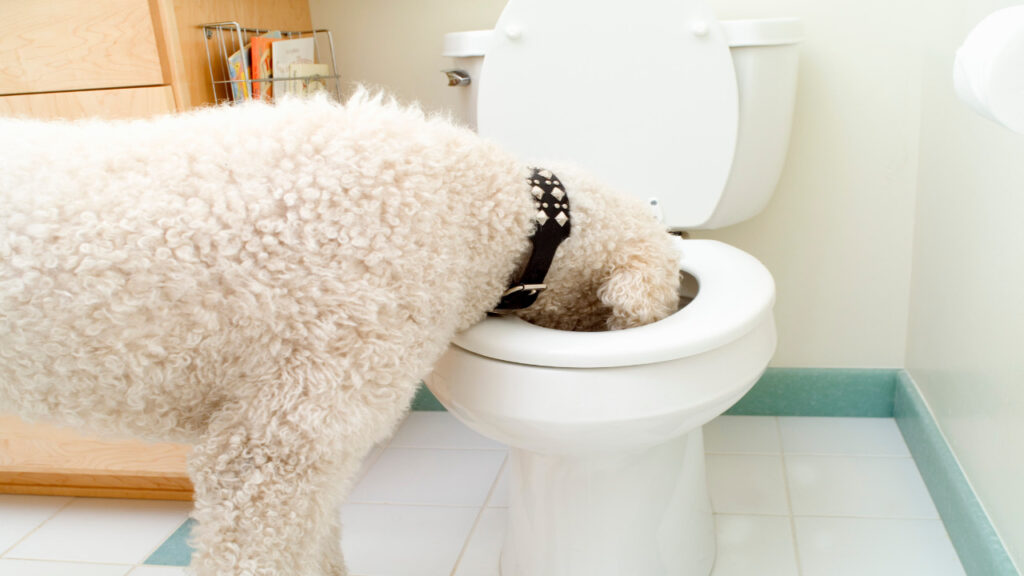When pets have bad breath

Bad breath, or halitosis, often stems from the presence of odour-producing bacteria and tartar buildup in your beloved fur baby’s mouth. Despite your pet’s pristine appearance, halitosis can persist even in the absence of visible dental issues.
Potential underlying causes of bad breath:
- Dental disease: dogs and cats require daily oral care to fend off odorous bacteria and prevent tartar accumulation. Neglecting dental hygiene can pave the way for halitosis to take hold. (See tips for effective oral care strategies here.)
- Intra-Oral conditions: halitosis may also signal the presence of other oral health concerns, such as intra-oral masses or abscesses. These conditions need prompt attention to ensure your pet’s oral well-being.
- Dietary factors: certain foods or substances eaten by your pet can contribute to foul breath. Monitoring your pet’s diet and addressing any dietary triggers can help mitigate halitosis.
- Underlying medical conditions: beyond the oral cavity, bad breath can serve as a red flag for underlying medical issues affecting your pet’s respiratory system, gastrointestinal tract, or other internal organs. Identifying and treating these conditions is crucial for your pet’s overall health.
If you detect an unpleasant odour from your dog or cat’s mouth, it’s time to schedule an examination with your local veterinarian. Early intervention can help pinpoint the root cause of halitosis and we can start appropriate treatment measures promptly.
Want help? Chat with our vets
Our experienced Aussie vets are online, and available within minutes 24/7.
If you need help, don’t hesitate to start a chat.